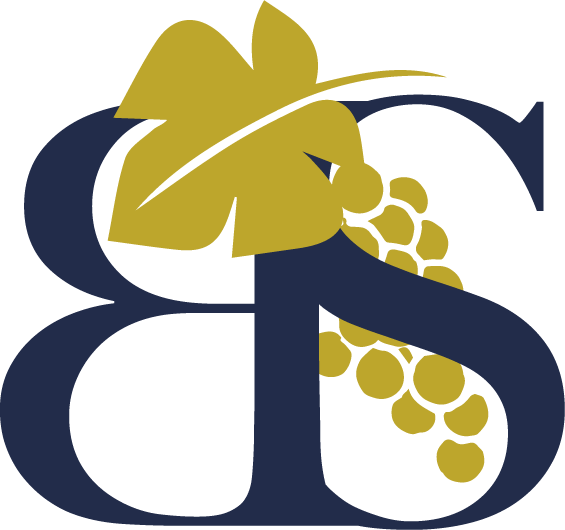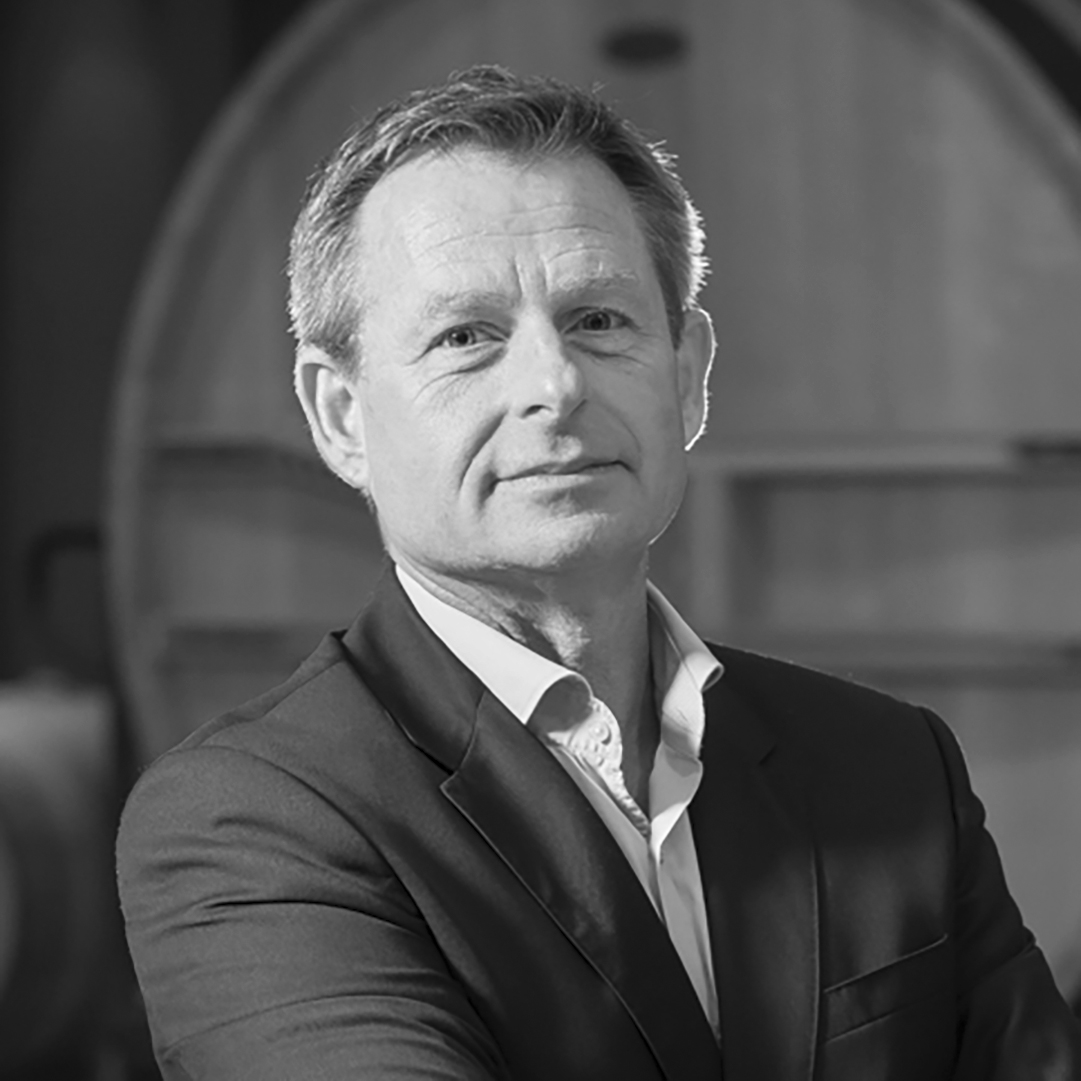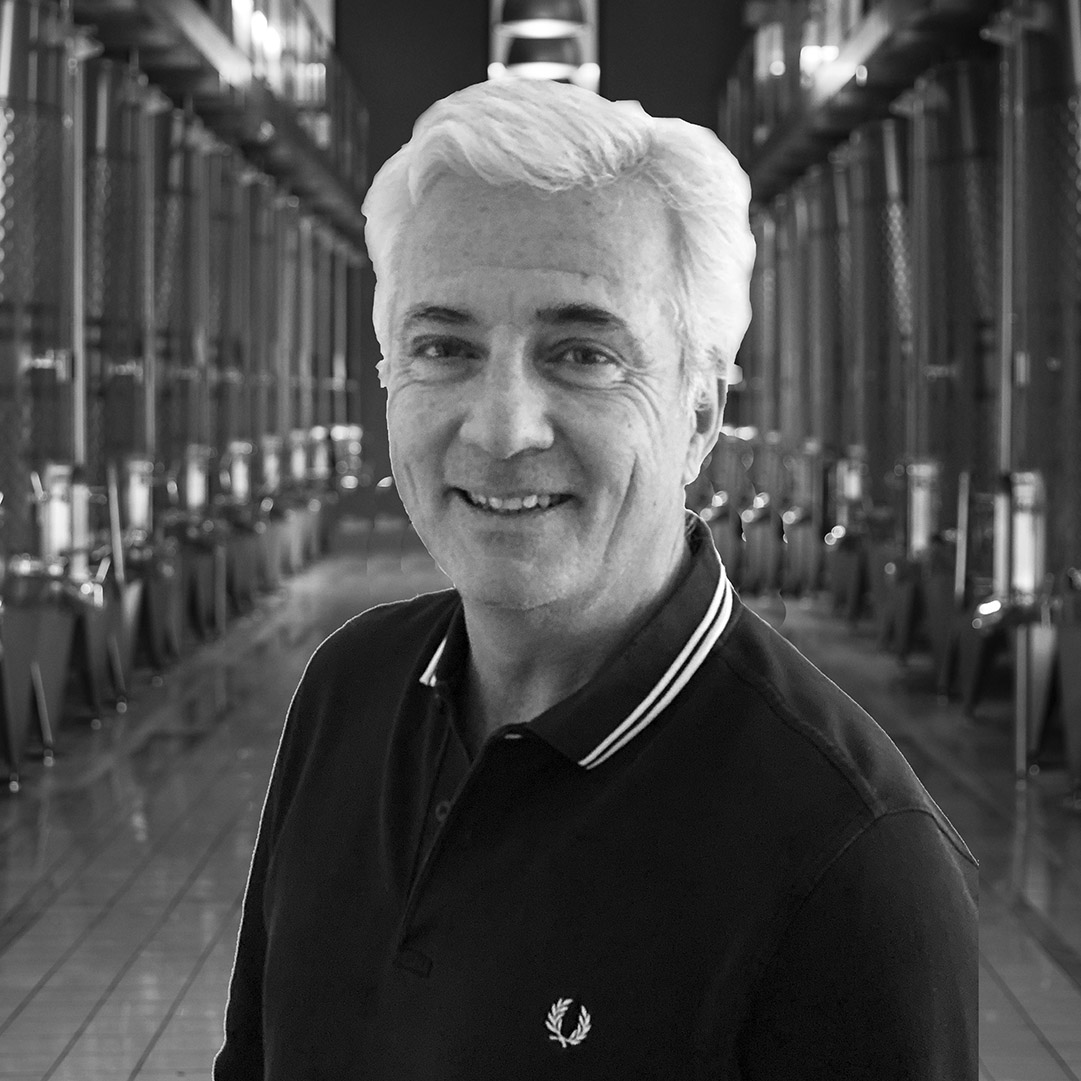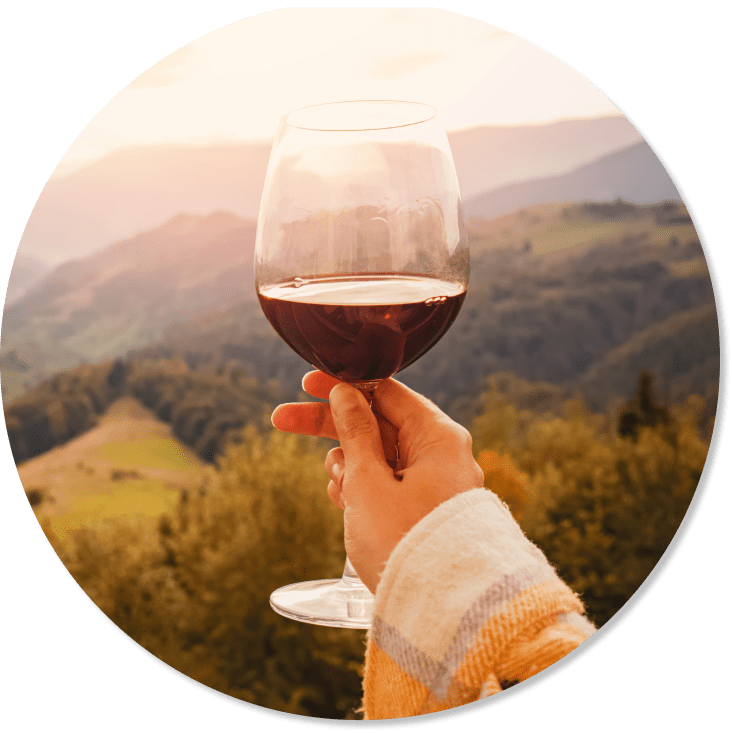
The Languedoc-Roussillon vineyards cover nearly 228,000 hectares, 89,000 hectares of which are AOC, spread over the departments of Aude (11), Herault (34), Pyrénées Orientales (66) and Gard (30). It is declined under nearly 40 different AOC and 25 IGP.
The average AOC production is about 1,400,000 hectoliters equivalent to 185 million bottles per year, 88% in rosé, 8% in red and 4% in white.
With a wine-growing past of more than 2600 years dating back to Roman times, a sunshine of more than 300 days per year, a well-drained limestone and crystalline soil, Provence has risen to the rank of the world's leading producer of AOC rosé wine, with 35% of the national production and 5.6% of the world production.
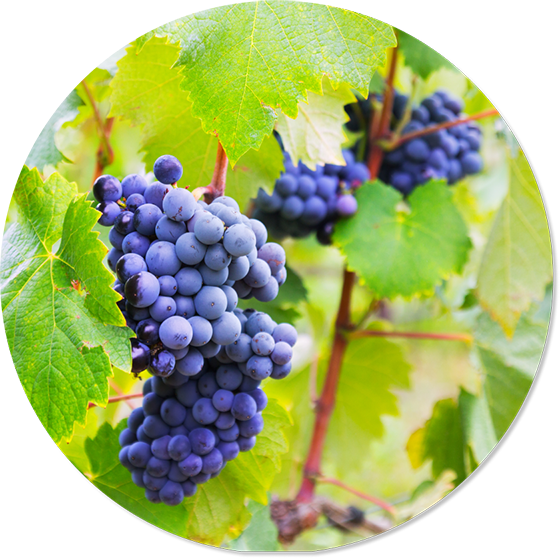
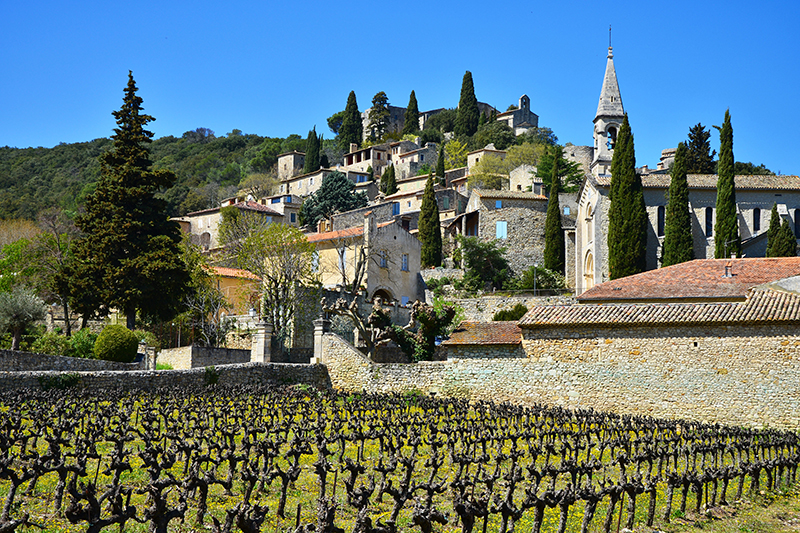
Languedoc-Roussillon is the leading wine region in France in terms of area planted to vines and volume of wine produced. The Languedoc-Roussillon vineyards extend over part of the Occitanie region in the Hérault (34), Gard (30), Aude (11) and Pyrénées-Orientales (66) on approximately 228,000 hectares of vines, 89,000 hectares of which are AOC and many IGP and vins de pays.
The vineyards of Coteaux du Languedoc in the center of the region, Costières-de-Nîmes in the east, and Corbières and Côtes du Roussillon in the west cover most of the Occitanie vineyards, always close to a major city such as Monpellier, Narbonne, Béziers, Nimes.
The main grape varieties used to make Languedoc wines are Syrah, Grenache, Mourvèdre, Carignan, Cinsault, Merlot, Cabernet Sauvignon, Lleudonner Pelut, Muscat à petits grains, Bourboulenc, Chardonnay, Chenin, Clairette, Maccabeu, Marsanne, Roussannes, Mauzac, Vermentino, Picpoul, Viognier.
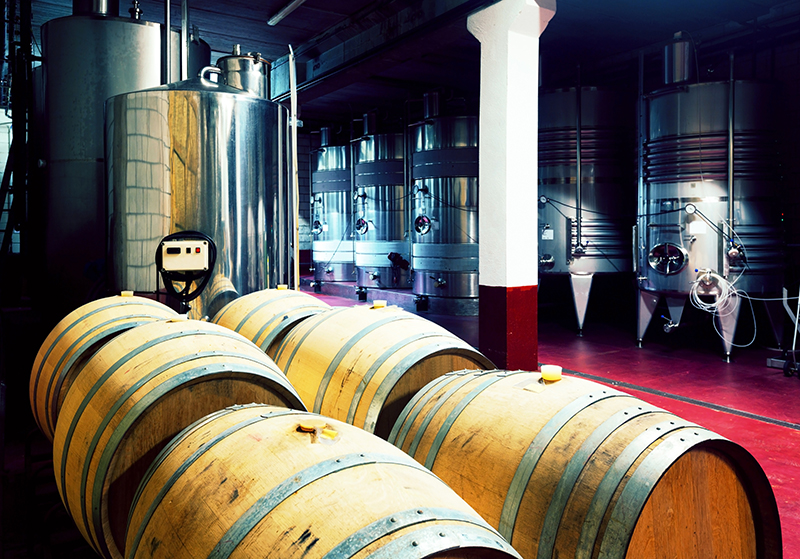
The Languedoc has the particularity of having produced sparkling wines long before Champagne. It was in 1531 that the first brut wine in the world was produced in the cellars of the Benedictine Abbey of Saint-Hilaire near Limoux, which is now well known: the Blanquette de Limoux. Other specificities of the appellations of the region: the famous natural sweet wines such as Muscat de Rivesaltes, Muscat de Frontignan, Muscat de Lunel, Muscat de Mireval, Muscat de Saint-Jean de Minervois, or Banyuls in the extreme southwest, which contrary to some preconceived ideas is not a cooked wine but a natural sweet wine of the AOP Banyuls.
Endowed with a favorable terroir and climate, the Languedoc region is also conducive to the development of certified viticulture for the production of organic wine. Investing in a Languedoc wine estate, and in the Mediterranean vineyards in general, is also the possibility of being part of a responsible viticulture, whether it is HVE certified, organic or biodynamic.
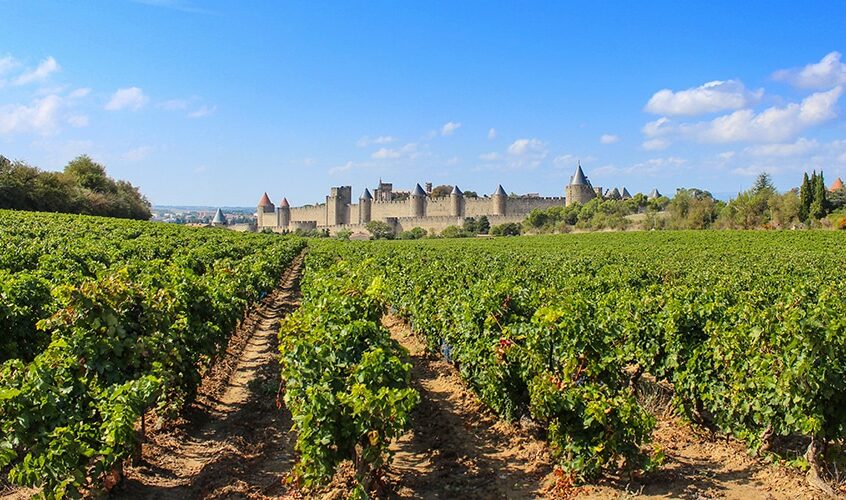
Like Provence and the Rhone Valley, the vine was introduced in Languedoc-Roussillon by the Greeks in the 5th century B.C. and then developed by the Romans and the clergy with a network of abbeys and monasteries based on the model of the Abbey of Aniane.
The wine route set up by these first winegrowers in France was first organized around exports to Greece, the Turkish coasts, and Egypt. Then the Narbonne region became one of the major suppliers of wine to Rome, as the region was involved in viticulture, wine-making and the manufacture of amphorae.
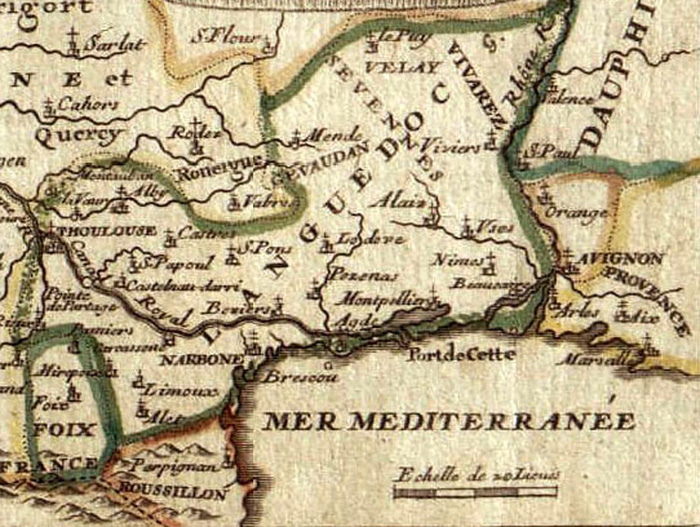
The XIIth and XIIIth centuries, mainly in the Corbières, stronghold of the Cathar country, left an impressive cultural heritage of castles, abbeys and medieval cities all over the western region of Occitania between Toulouse and Béziers.
Many vineyards, estates and wineries in this area of Languedoc-Roussillon are still built around these masterly buildings.
From the end of the 17th century, the Languedoc vineyards underwent significant development, laying the foundations for a culture that was initially extensive and then very intensive until the end of the 1970s.
From the beginning of the 1980's, quality was favored over quantity. This involved a general restructuring of the vineyards, a massive uprooting of vines, a replanting of typically Mediterranean grape varieties, a control of wine yields and the adoption of state-of-the-art wine-making techniques.
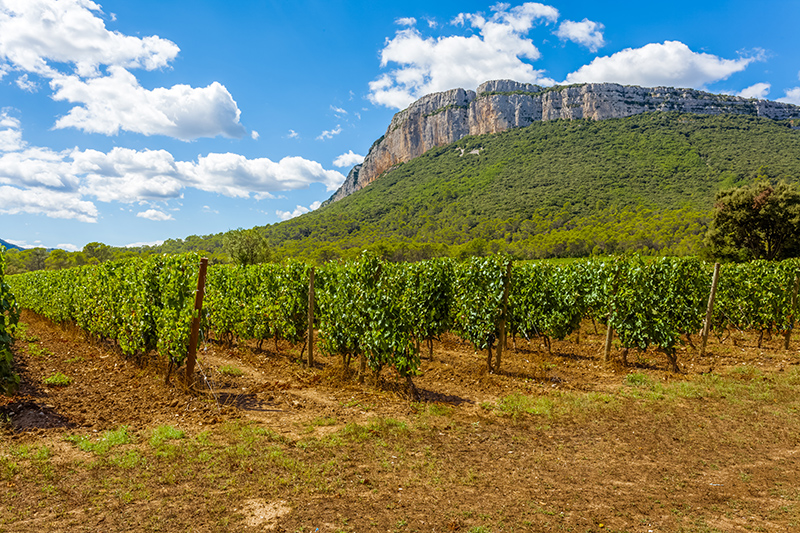
The Languedoc and Roussillon regions have the largest offer due to the size of their wine-growing territory and the diversity of their vineyards, making them of particular interest to the wine investor.
It is a market where the supply remains important, maintaining the prices of the most attractive properties and wine estates of the Mediterranean border. This allows the purchaser to reach higher thresholds for his property at comparable prices than in other Mediterranean wine regions.
In addition, the quality strategy initiated in the early 1980s by the winegrowers has led to the classification of terroirs as Appellations d'Origine Contrôlée (AOCs), which offers greater visibility to consumers.
The AOC Languedoc, the AOC Picpoul de Pinet, the AOC Terrasses du Larzac, the AOC La Clape, the AOC Pic Saint-Loup in particular, are all guarantees of the quality and typicality of the wines produced on the wine estates of these appellations of the Languedoc and offer good openings to national and international distribution.
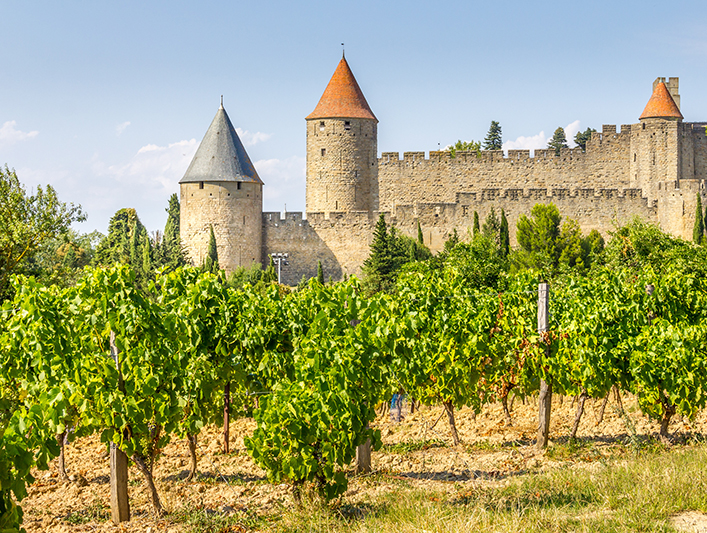
Also, the purchase of a vineyard or a vineyard property in the Languedoc region, participates in an objective linked to space (large vineyards), to the quality of the terroir and of the environment and fully inscribed in this qualitative dynamic aiming at both the technique and the marketing of wine.
From a tourist point of view, the Occitanie region offers, in the vicinity of its large and well distributed cities, such as Montpellier, Béziers, Narbonne, Perpignan, or Carcassonne, road, motorway, rail and airport accesses allowing to easily link the large metropolises to each terroir or wine estate. Montpellier, the third largest French city on the Mediterranean axis, and its proximity to the Pic Saint-Loup PDO are among the most coveted sectors in the heart of the Hérault region, where the investor will easily find a château or mansion in the heart of his vineyard where he can develop activities related to tourism, cellar visits, wine tasting and why not a vintage wine!
This wine region of Languedoc, in full qualitative expansion, has the essential fundamentals for the development of modern viticulture. BLUE SIDE accompanies buyers, beyond the purchase of properties or wineries, on the complementary investment strategies to be implemented to remain in phase with this economic dynamic in the vineyard as well as in the cellar.
In parallel to his wine production, the investor will be able to develop on his property or his domain activities related to wine tourism, events, receptive to the attention of individuals who love wines and exceptional environments (development of the castle, hotel business, parahotel business, guest rooms in the farmhouse, catering, visit of the cellars, discovery of the wine road, ...) or companies looking for places to hold seminars where complementary cultural activities can be organized such as visits to the cellars, tastings, oenological initiation, discovery of an exceptional white wine still unknown...
In the process of acquiring a property or a vineyard, it is essential to master the technical and economic specificities of the PDO and PGI attached to each terroir, to know how to orientate oneself towards the production of red, rosé or white wine, still wine, sparkling wine or natural sweet wine, according to the targeted distribution network, to make the annexed constructions profitable, particularly consequent in the Languedoc region around the bastide, the farmhouse or the castle, to think about priority investments in the vineyard, the cellar or the cellars, the production tools or the building, to choose one's domain according to these investments to be planned. So many questions that must be judiciously addressed before acquiring the vineyard.
Specialist in transactions, transfers, acquisitions, vineyards, farms and wineries in the South.
With offices in Provence and Languedoc, and employees who have a thorough understanding of the specificities of this activity, BLUE SIDE assists its clients in the purchase or sale of their vineyard.
Vineyards for sale
News
